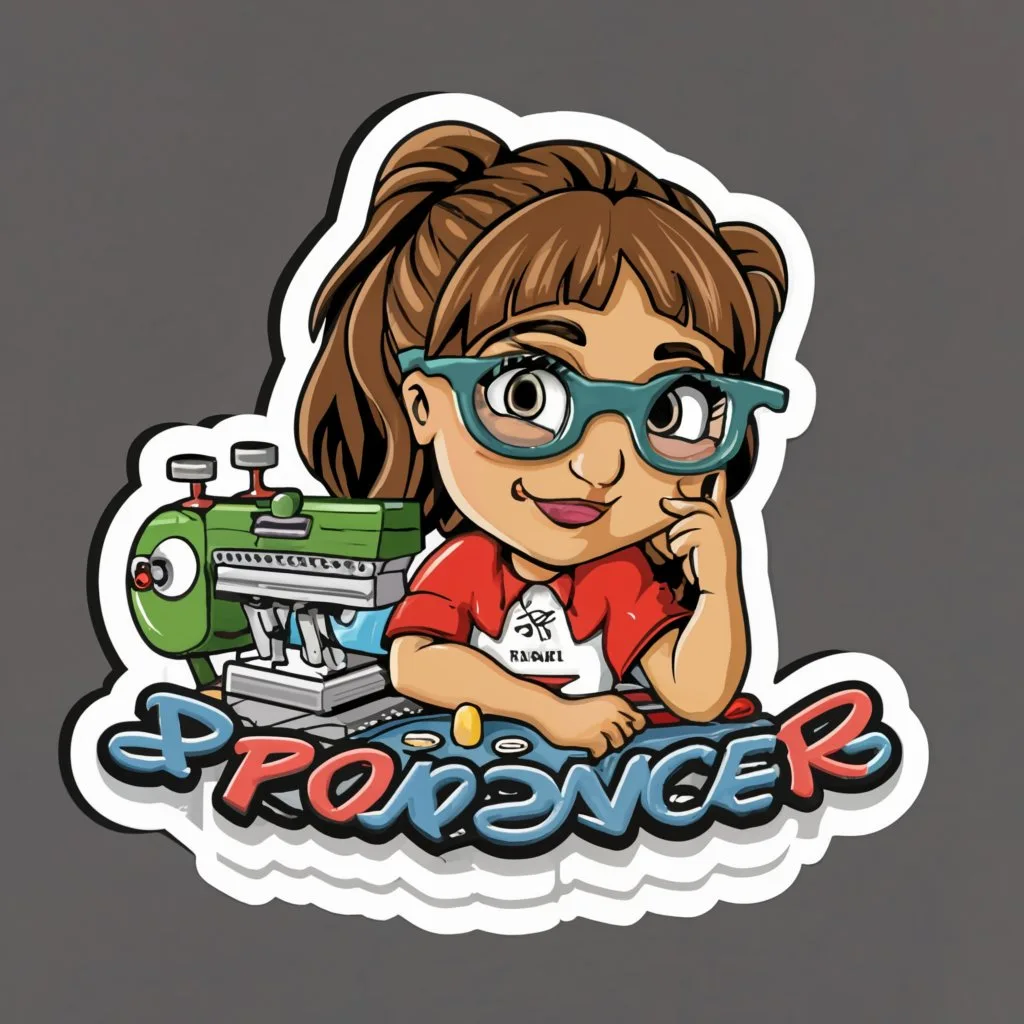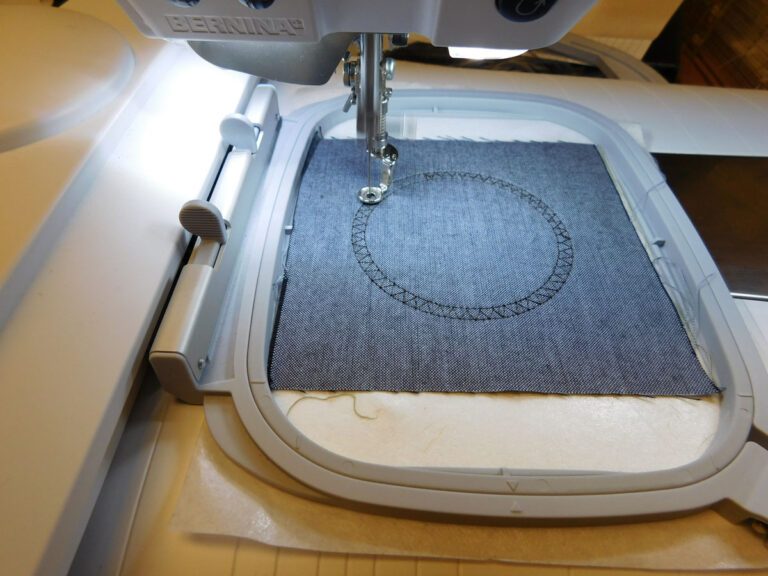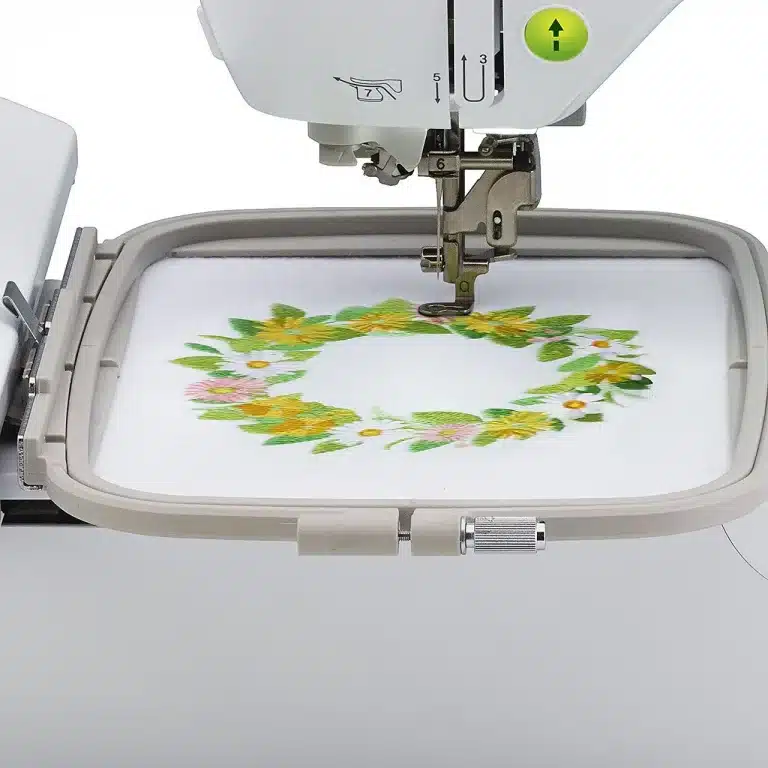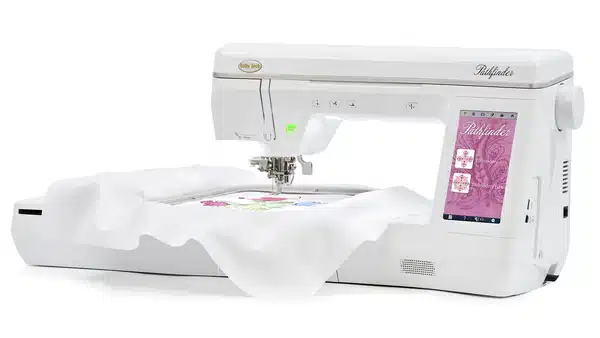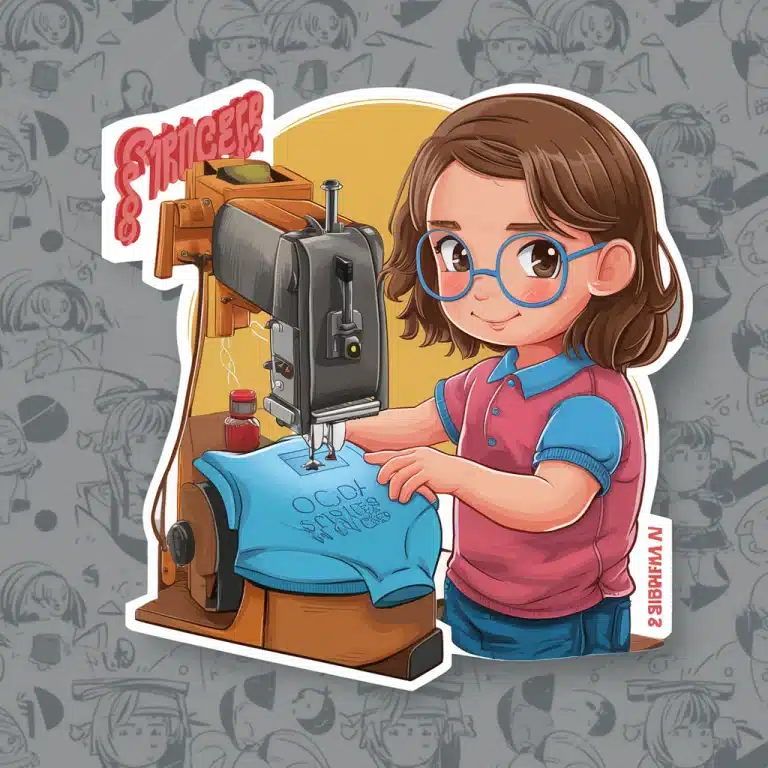From Sketch to Stitch: A Comprehensive Guide to Converting SVGs into Embroidery Designs
The world of embroidery has gone digital! Gone are the days of meticulously tracing patterns onto fabric. Now, with the power of SVG files and clever software, you can transform your own unique designs into stunning embroidered masterpieces. But how do you bridge the gap between a simple vector graphic and a complex stitching pattern? Fear not, crafty friend! This comprehensive guide will walk you through every step of converting an SVG file into an embroidery design, from software choices to stitch considerations and finishing touches.
Before We Begin: Understanding SVGs and Embroidery Files
- SVG (Scalable Vector Graphics) files are text-based descriptions of images, making them infinitely scalable and perfect for digital design.
- Embroidery files, on the other hand, contain specific instructions for your embroidery machine, including stitch types, colors, and placement. Common formats include DST, EXP, JEF, and PES.
Step 1: Choosing the Right Software
Several software options can help you convert your SVG. Consider these factors:
- Skill Level: Are you a beginner or an experienced digitizer? Some programs offer user-friendly interfaces, while others cater to advanced users.
- Budget: Free and paid options exist, each with varying features and capabilities.
- Compatibility: Ensure the software outputs embroidery files compatible with your machine.
Here are some popular choices:
- Free:
- Inkscape: A free vector graphics editor with the Ink/Stitch plugin for basic embroidery conversion.
- Sewing & Embroidery Software (SERF): A free program with limited digitizing features but good for simple designs.
- Paid:
- Wilcom Embroidery Studio: Offers powerful tools for advanced digitizing and editing.
- Embrilliance Enthusiast: User-friendly software with various features and a good price point.
- Brother PE Design: Great for beginners with Brother embroidery machines.
Step 2: Preparing Your SVG
- Simplify the design: Remove unnecessary details or intricate lines that might not translate well to embroidery.
- Optimize colors: Limit your color palette to what your machine can handle (usually 6-12 colors).
- Convert to paths: Ensure all elements in your SVG are outlines (paths) for proper stitching.
Step 3: Importing and Converting
- Import your cleaned-up SVG into your chosen software.
- Follow the software’s specific instructions for converting to an embroidery file. This typically involves:
- Choosing stitch types: Select appropriate stitches for different parts of your design (satin stitch for filling, backstitch for outlines, etc.).
- Setting stitch parameters: Adjust stitch density, length, and direction for desired effects.
- Color mapping: Assign thread colors to different parts of your design.
Step 4: Digitizing Tweaks and Adjustments
- Preview and test: Most software allows you to preview your design on a virtual embroidery machine. Check for stitching issues and adjust paths or settings if needed.
- Refine stitch types and parameters: Experiment with different stitch combinations to achieve the desired look and texture.
- Consider thread types and colors: Choose thread that complements your fabric and design aesthetic.
Step 5: Export and Embroider!
- Once you’re happy with your design, export it in a file format compatible with your embroidery machine.
- Transfer the file to your machine and prepare your fabric and thread.
- It’s finally time to see your creation come to life! Embroider your design, following your machine’s instructions.
Bonus Tips for Success:
- Start simple: Begin with basic shapes and designs to get comfortable with the conversion process.
- Practice digitizing: The more you experiment, the better you’ll understand how different stitches and settings affect your final outcome.
- Join online communities: Connect with other embroidery enthusiasts for tips, advice, and inspiration.
- Don’t be afraid to ask for help: If you get stuck, consult software manuals, online tutorials, or seek assistance from experienced digitizers.
With a little practice and this guide as your compass, you’ll be well on your way to transforming your SVG dreams into beautiful embroidered realities! Remember, the journey is just as rewarding as the destination, so have fun exploring the creative possibilities and enjoy the magic of bringing your digital designs to life, stitch by stitch.
Related Posts
Discover relevant articles, tutorials, and tips to improve your skills and explore new techniques.
Stay inspired and connected to our embroidery community.
